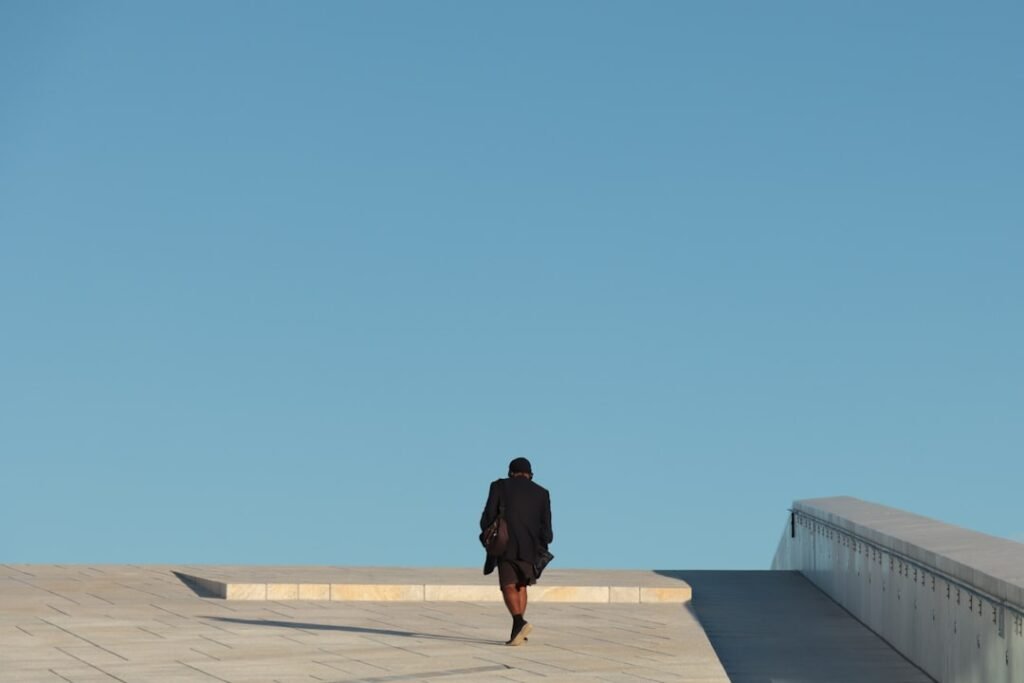Norwegian traditional clothing, also known as folk costumes or “bunad,” holds a significant place in Norwegian culture and heritage. These garments are not only beautiful and intricately designed, but they also serve as a representation of the country’s history and regional diversity. Understanding and appreciating Norwegian traditional clothing is essential for preserving cultural heritage and celebrating the unique identity of Norway.
Historical Origins of Norwegian Traditional Clothing
The roots of Norwegian traditional clothing can be traced back to the Viking Age, where clothing was primarily made from wool and linen. These garments were simple in design, with tunics and trousers being the most common attire for both men and women. As time went on, Norway was influenced by other cultures such as the Sami people and the Hanseatic League, which brought new styles and techniques to the region.
Over time, regional variations in clothing began to emerge, with different areas of Norway developing their own unique styles. These regional differences were influenced by factors such as climate, geography, and cultural traditions. For example, coastal regions often incorporated maritime elements into their clothing, while inland areas focused more on agricultural motifs.
Types and Characteristics of Norwegian Traditional Clothing
Norwegian traditional clothing can be divided into two main categories: bunad and festdrakt. The bunad is considered the national costume of Norway and is typically worn for special occasions such as weddings, christenings, and national holidays. It is characterized by its intricate embroidery, rich colors, and use of traditional materials such as wool and silk.
On the other hand, the festdrakt is a festive dress that is less formal than the bunad but still holds cultural significance. Festdrakts are often worn for celebrations such as birthdays or anniversaries and are known for their vibrant colors and patterns. While both male and female clothing feature similar elements such as embroidery and embellishments, there are distinct differences between the two.
Materials and Production Techniques
Norwegian traditional clothing is known for its use of high-quality materials such as wool, linen, and silk. These fabrics are not only durable but also provide warmth in the harsh Norwegian climate. Wool is particularly favored for its insulating properties and ability to repel moisture.
The production of Norwegian traditional clothing involves various techniques such as embroidery, weaving, and sewing. Embroidery is a key feature of these garments, with intricate patterns and motifs adorning the cuffs, collars, and hems. This embroidery is often done by hand, although machine-made versions are becoming more common.
Regional Differences in Norwegian Traditional Clothing
One of the fascinating aspects of Norwegian traditional clothing is the regional variations that exist throughout the country. Each region has its own unique style, influenced by factors such as geography, climate, and cultural traditions. For example, the bunad from the western region of Norway features bold colors and intricate embroidery inspired by the region’s maritime history.
The differences in regional clothing are not only visually striking but also serve as a way for individuals to express their regional identity. Wearing a specific bunad or festdrakt can indicate which part of Norway a person comes from and can create a sense of belonging and pride within a community.
Colors and Patterns in Norwegian Traditional Clothing

Colors and patterns play a significant role in Norwegian traditional clothing, with each having its own symbolic meaning. Red is a common color used in many bunads and festdrakts and represents love, passion, and strength. Blue is often associated with loyalty and trust, while green symbolizes fertility and growth.
Patterns and motifs found in Norwegian traditional clothing often draw inspiration from nature and folklore. Floral designs are prevalent, representing the beauty of Norway’s landscapes, while animal motifs such as reindeer or birds symbolize the connection between humans and nature.
Over time, there have been changes in the colors and patterns used in Norwegian traditional clothing. While traditional designs are still widely worn and cherished, there has been a growing trend towards incorporating modern elements and colors into these garments, allowing for a fusion of old and new.
Modern Applications of Norwegian Traditional Clothing
Norwegian traditional clothing is not only reserved for special occasions but has also found its place in modern fashion. Many designers have incorporated elements of bunads and festdrakts into their collections, creating a fusion of traditional and contemporary styles. This has allowed for the preservation of cultural heritage while also making these garments more accessible to a wider audience.
In addition to fashion, Norwegian traditional clothing is still widely worn for weddings, festivals, and other cultural events. These garments serve as a way to connect with one’s heritage and celebrate Norwegian traditions. Wearing a bunad or festdrakt is seen as a way to honor one’s ancestors and preserve the cultural identity of Norway.
Cultural Significance of Norwegian Traditional Clothing
Norwegian traditional clothing holds immense cultural significance and plays a vital role in preserving the country’s national identity. These garments are not just pieces of clothing but are symbols of Norway’s rich history, regional diversity, and cultural heritage. They serve as a tangible link to the past and allow individuals to connect with their roots.
Preserving traditional clothing is crucial for maintaining cultural heritage and ensuring that future generations have an understanding and appreciation for their history. By wearing bunads and festdrakts, Norwegians can celebrate their traditions and pass on their cultural knowledge to future generations.
Use of Norwegian Traditional Clothing in Festivals and Celebrations
Norwegian traditional clothing is prominently featured in festivals and celebrations throughout the country. Events such as Constitution Day (May 17th) and Midsummer’s Eve (June 23rd) see people of all ages donning their bunads and festdrakts to participate in parades, dances, and other festivities.
The use of traditional clothing in these events serves multiple purposes. Firstly, it creates a sense of unity and community among participants, as they come together to celebrate their shared heritage. Secondly, it allows for the preservation and promotion of Norwegian traditions, ensuring that they are passed on to future generations.
Preservation and Future Development of Norwegian Traditional Clothing
Efforts are being made to preserve and promote Norwegian traditional clothing. Organizations such as the Norwegian Bunad and Folk Costume Association work to safeguard the knowledge and techniques associated with these garments. They provide resources and support for those interested in creating or wearing traditional clothing.
However, there are challenges in maintaining traditional techniques and materials. The production of bunads and festdrakts requires specialized skills that are becoming increasingly rare. Additionally, sourcing high-quality materials can be difficult and expensive. Despite these challenges, there is potential for innovation and modernization while still preserving the cultural heritage of Norwegian traditional clothing.
Norwegian traditional clothing is not just a fashion statement but a representation of Norway’s history, regional diversity, and cultural heritage. Understanding and appreciating these garments is essential for preserving cultural identity and celebrating Norwegian traditions. By wearing bunads and festdrakts, Norwegians can connect with their roots, honor their ancestors, and pass on their cultural knowledge to future generations. It is important to continue learning about Norwegian traditional clothing and supporting efforts to preserve and promote this unique aspect of Norwegian culture.
请点击这里阅读一篇关于传统挪威服饰的相关文章。
FAQs
什么是传统挪威服装?
传统挪威服装是指挪威人在过去的几个世纪中穿着的传统服装。这些服装通常由羊毛制成,具有独特的设计和图案。
传统挪威服装的种类有哪些?
传统挪威服装的种类包括布恩德兰服装、哈德兰格服装、特罗姆斯服装、哈勒达尔服装等。
传统挪威服装的特点是什么?
传统挪威服装的特点是它们通常由羊毛制成,具有独特的设计和图案。这些服装通常是手工制作的,因此每件服装都是独一无二的。
传统挪威服装在哪些场合穿着?
传统挪威服装通常在特殊场合穿着,例如婚礼、节日和庆祝活动。这些服装也可以在博物馆和文化中心等地方展示。
传统挪威服装的历史背景是什么?
传统挪威服装的历史可以追溯到中世纪。在过去的几个世纪中,挪威人穿着传统服装来表达他们的文化和身份。
传统挪威服装的现状如何?
传统挪威服装在现代社会中已经不再是主流服装,但是它们仍然在特殊场合得到广泛使用和展示。此外,许多人仍然对这些服装感到自豪,并将它们作为挪威文化的一部分。

